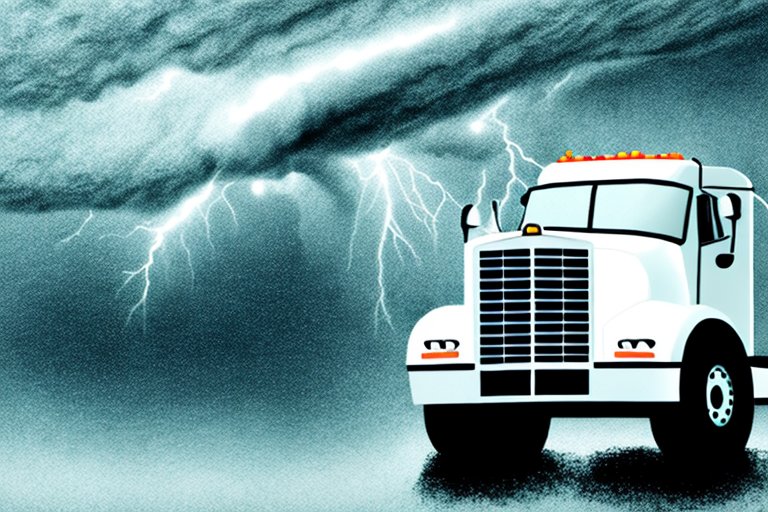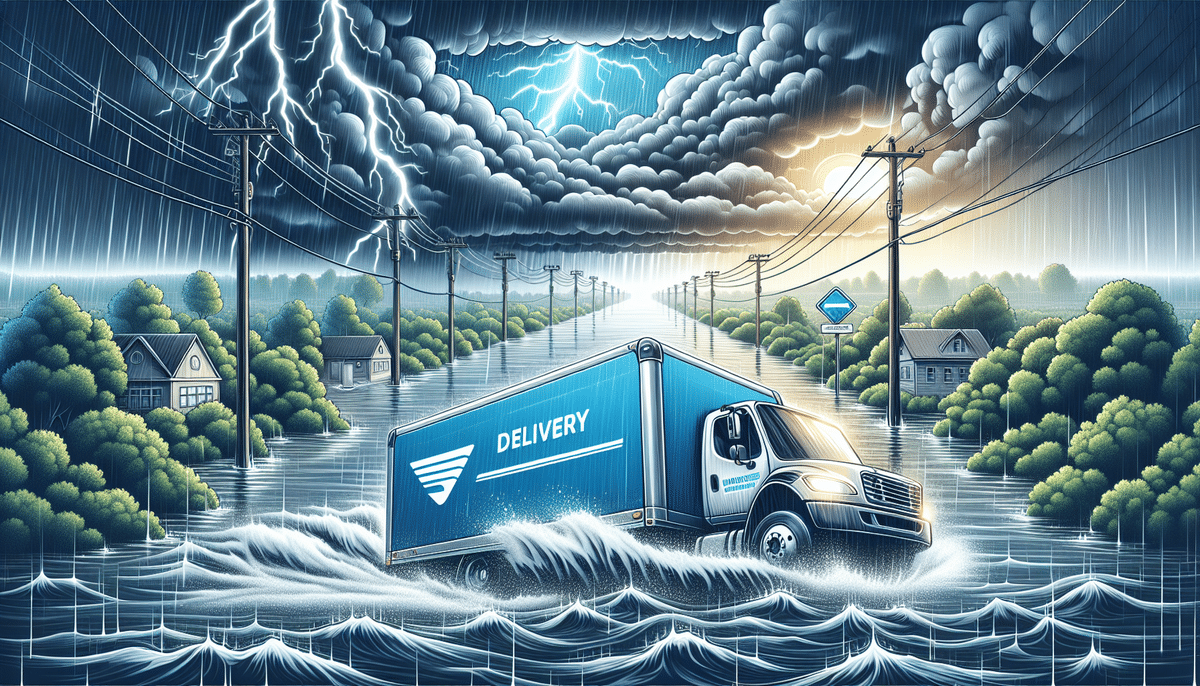Understanding Weather Delays in FedEx Shipments
Shipping with FedEx typically ensures timely delivery of your packages. However, weather conditions can significantly impact delivery schedules. This section explores how various weather events affect FedEx shipments and the measures taken to minimize disruptions.
Impact of Extreme Weather Events
Extreme weather events such as hurricanes, tornadoes, and blizzards can disrupt freight transportation by causing flight cancellations and road closures. According to the National Oceanic and Atmospheric Administration (NOAA), these events increase the likelihood of shipping delays by up to 30%. FedEx employs contingency plans to reroute packages and utilize alternative transportation methods to mitigate these delays.
Common Weather-Related Disruptions
- Hurricanes: Can lead to widespread infrastructure damage, delaying deliveries for days or even weeks.
- Blizzards: Cause severe road conditions, making ground transportation unsafe and unreliable.
- Tornadoes: Result in sudden and unpredictable disruptions, necessitating rapid operational adjustments.
- Floods: Lead to road and airspace closures, affecting both ground and air shipping routes.
FedEx’s Response to Weather Challenges
Communication with Customers
FedEx maintains transparent communication with customers during weather-related delays. Through their online tracking system, customers receive real-time updates on their shipments. Additionally, proactive notifications are sent via email and SMS to inform customers of potential delays and alternative delivery options.
Technological Solutions
FedEx leverages advanced technologies to manage weather-related shipping challenges effectively:
- GPS Tracking: Enables real-time monitoring of shipment locations, allowing for dynamic rerouting to avoid severe weather areas.
- Predictive Analytics: Utilizes historical weather data and machine learning algorithms to anticipate delays and adjust logistics accordingly.
- Real-Time Weather Monitoring: Integrates data from sources like Weather.gov to make informed decisions on delivery schedules and routes.
Disaster Response Strategies
FedEx has a dedicated team of disaster response specialists who coordinate efforts during extreme weather events. This team collaborates with local authorities and emergency services to ensure the safety of employees and the continuity of delivery services. Specialized vehicles equipped for harsh conditions are deployed to maintain delivery operations whenever possible.
Planning and Preparation for Weather Delays
Importance of Advance Planning
Proactive planning is crucial to minimize the impact of weather-related delays. Businesses and individual shippers should:
- Advance shipping timelines during forecasted severe weather.
- Use insulated or climate-controlled packaging for temperature-sensitive items.
- Choose expedited shipping methods when time is critical.
Mitigation Tips for Shippers
Implementing these strategies can help reduce the risk of delays:
- Monitor Weather Forecasts: Regularly check reliable sources like The Weather Channel to stay informed about upcoming weather conditions.
- Flexible Routing: Utilize FedEx’s flexible routing options to adjust delivery paths in response to changing weather patterns.
- Backup Suppliers: Establish relationships with multiple suppliers to ensure continuity in case of delays.
Costs and Risks of Weather Delays
Financial Implications
Weather-related delays can lead to significant financial repercussions for businesses. According to a report by PwC, companies may face increased costs due to expedited shipping, inventory shortages, and disrupted supply chains. These expenses can erode profit margins and affect overall financial stability.
Reputation and Customer Satisfaction
Delayed deliveries can adversely impact a company's reputation. Negative experiences may lead to reduced customer satisfaction, lower retention rates, and unfavorable reviews. Maintaining reliable delivery schedules is essential for building and sustaining customer trust.
Tracking and Managing Shipments During Weather Events
FedEx Tracking Tools
FedEx offers robust tracking tools that provide real-time visibility into shipment status. By visiting the FedEx Tracking Portal, customers can monitor their packages' progress and receive updates on any delays caused by weather conditions.
Customer Support During Delays
FedEx’s customer service team is available to assist with inquiries related to weather delays. Customers can contact support via phone, email, or live chat to receive personalized assistance and alternative delivery arrangements if necessary.
Conclusion
Weather delays are an inevitable aspect of the shipping process, but understanding their impact and implementing proactive strategies can significantly mitigate their effects. FedEx employs a combination of advanced technologies, robust contingency plans, and transparent communication to ensure that packages reach their destinations as efficiently as possible, even amidst severe weather conditions. By staying informed and planning ahead, customers can reduce the likelihood of disruptions and maintain confidence in their shipping operations.




















